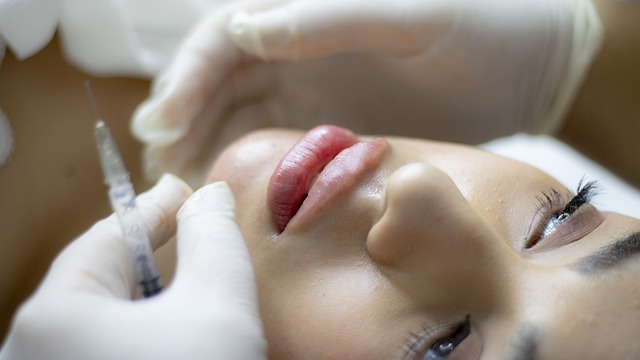
Botox vs Fillers: A Comprehensive Guide to Medspa Services
When it comes to medspa services, there are many options available to help you achieve your desired look. Two of the most popular treatments are Botox and fillers. In this article, we will address the most common questions people have about these treatments, provide specific answers and solutions, and link to medical resources for credibility.
What are Botox and Fillers?
Botox vs Fillers
Before diving into the differences between Botox and fillers, it’s essential to understand what each treatment is and how they work.
Botox
Botox is a brand name for botulinum toxin type A, a neurotoxin derived from the bacterium Clostridium botulinum. It works by temporarily blocking the nerve signals that cause muscle contractions, resulting in a smoother, more relaxed appearance. Botox is primarily used to treat dynamic wrinkles, which are lines and creases that form due to repeated muscle movements, such as frowning or squinting. Common treatment areas include the forehead, crow’s feet, and frown lines between the eyebrows.
For more information on Botox, visit the official Botox Cosmetic website.
Fillers
Fillers also known as dermal fillers or soft tissue fillers, are injectable substances used to add volume, smooth out wrinkles, and enhance facial features. There are several types of fillers, including hyaluronic acid (e.g., Juvederm, Restylane), calcium hydroxylapatite (e.g., Radiesse), and poly-L-lactic acid (e.g., Sculptra). Fillers are primarily used to treat static wrinkles, which are lines and creases that are present even when the face is at rest. Common treatment areas include the cheeks, nasolabial folds, marionette lines, and lips.
For more information on dermal fillers, visit the American Society of Plastic Surgeons.
What are the Key Differences Between Botox and Fillers?
While both Botox and fillers are injectable treatments used to address wrinkles and facial aging, there are several key differences between the two.
1. Mechanism of Action
As mentioned earlier, Botox works by temporarily blocking nerve signals to the muscles, preventing them from contracting and causing wrinkles. In contrast, fillers work by adding volume to the skin, filling in wrinkles and hollow areas to create a smoother, more youthful appearance.
2. Treatment Areas
Botox is primarily used to treat dynamic wrinkles caused by muscle movement, while fillers are used to address static wrinkles and add volume to the face. This means that Botox is typically used on the upper face, while fillers are more commonly used on the mid and lower face.
3. Duration of Results
The results of Botox typically last between 3-6 months, after which the treated muscles will regain their ability to contract, and the wrinkles will reappear. Fillers, on the other hand, can last anywhere from 6 months to 2 years, depending on the type of filler used and the area treated.
4. Side Effects and Risks
Both Botox and fillers are considered safe when administered by a qualified professional. However, there are some potential side effects and risks associated with each treatment. Common side effects of Botox include temporary bruising, swelling, and headache. In rare cases, Botox can cause eyelid drooping or difficulty swallowing if the toxin spreads to nearby muscles.
Fillers can also cause temporary bruising, swelling, and redness at the injection site. In rare cases, fillers can cause lumps, bumps, or uneven results. There is also a small risk of infection or an allergic reaction to the filler material.
For more information on the safety of Botox and fillers, visit the U.S. Food and Drug Administration (FDA).
Which Treatment is Right for You?
Deciding between Botox and fillers depends on your specific concerns and desired results. Here are some general guidelines to help you determine which treatment may be best for you:
– If you have dynamic wrinkles caused by muscle movement, Botox may be the better option.
– When you have static wrinkles or want to add volume to your face, fillers may be more appropriate.
– If you have a combination of dynamic and static wrinkles, a combination of Botox and fillers may be recommended.
It’s essential to consult with a qualified medical professional, such as a dermatologist or plastic surgeon, to discuss your concerns and determine the best treatment plan for your individual needs.
Conclusion: Botox vs Fillers
In summary, Botox and fillers are both effective medspa treatments for addressing wrinkles and facial aging. Botox is best suited for dynamic wrinkles caused by muscle movement, while fillers are ideal for static wrinkles and adding volume to the face. The best treatment for you will depend on your specific concerns and desired results. Always consult with a qualified medical professional to determine the most appropriate treatment plan for your needs.



